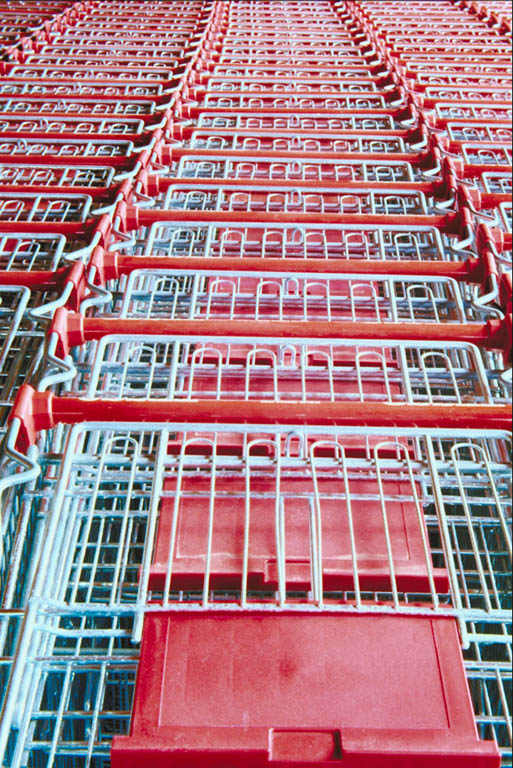TRADE PROMOTION
SECTION ONE
SECTION TWO
Five Recommendations for Trade Promotion Success
Trade promotion strategy will continue to evolve as companies increasingly
realize the benefits of shopper marketing programs, digital and social media
investments across the path to purchase, and new behavioral economic
strategies. Traditional feature ads, displays in stores and price reductions are not
going away. A new generation of tools is emerging: market mix optimization tools
with a shopper-centric approach and new Trade Promotion Optimization (TPO)
tools that better measure the impact of in-store marketing activities. While
technology can be leveraged to optimize spending, equally important is a solid
trade promotion strategy and a disciplined trade promotion management process.
A successful trade promotion strategy begins with implementing five basic
principles: Targeting, Everyday Price, Timing, Innovation, and Collaboration. Here is a look at each:
Target shoppers and leverage the right promotion and right communication vehicles for each segment. When targeting shopper segments, do not inadvertently abandon any of important shoppers. Millennial shoppers are moving into heavier spending years and have behaviors very different than Generation X or the Baby Boomers. They are more willing to take the time to understand that value is not just defined as lowest price. They appreciate packaging design, innovative flavors, and are more experimental. At the same time, one cannot ignore the Baby Boomer generation. They have unique interests and needs as they age, and they still represent significant spending power.
Manufacturers (and retailers) should invest to understand the unique needs and promotional responsiveness of each of the key demographic and sociographic shopper segments. Each segment is distinctly different in their attitudes and shopping behaviors. For example:
- 46% of shopper households earn under $45,000 per year. This segment lives week-to-week and is not technology savvy. A retailer’s promotional activity is one of the most
important factors when deciding where to shop.
- 14% of shopper households earn over $100,000 per year. This segment has not been as impacted by the recession. They shop in many different formats, and they are very technology savvy (most have smartphones and use them across the path to purchase).
- Millennials will drive up demand for budget-friendly organic, natural and sustainable goods. They reward innovation and design, and are willing to try new products, flavors, etc.
- U.S. Hispanic shoppers tend to shop as a family, use mobile technology more than the general population, and many prefer to be communicated with in Spanish.
Make sure everyday price is right. While the focus is often on promotional activity, a comprehensive understanding of everyday price points and price gaps is an important step in building a successful trade promotion strategy. Getting the everyday price right can drive increased baseline sales as well as make promotional initiatives more effective.
Timing is everything. Another key success factor is understanding competitive brand promotional timing since, in most cases, brands that promote prior to competition see higher promotional lift. Lead time: Promotional planning continues to be critical as 77% of retailers expect at least three-months lead time for promotion offers and one-third expect five- to six-months lead time.
Don’t be afraid to try something new. Instead of repeating last year’s promotional calendar, allocate some resources to test and learn from innovative promotional initiatives, such as more targeted coupons, mission-inspired promotions, IRCs, shopper marketing overlays, cross merchandising initiatives, and “shopper solution” promotions.
Invest in collaboration. Partnering with the retailer is a critical step in the trade promotion strategy process. Winning manufacturers will create strategies that align with their retailer partners’ most important goals of driving trips, increasing share of wallet, reducing leakage, and driving bigger baskets. Manufacturers should consider sponsoring strategic joint business planning sessions with retailers to align promotional goals and strategies and also to uncover common growth platforms and opportunities for joint innovation.
This article was excerpted from “Trade Promotion: A Shift in the Lift,” a report from AMG Strategic Advisors.
Click on the LinkedIn logo to join the new Shopper Technology Institute Discussion Group
SECTION THREE

